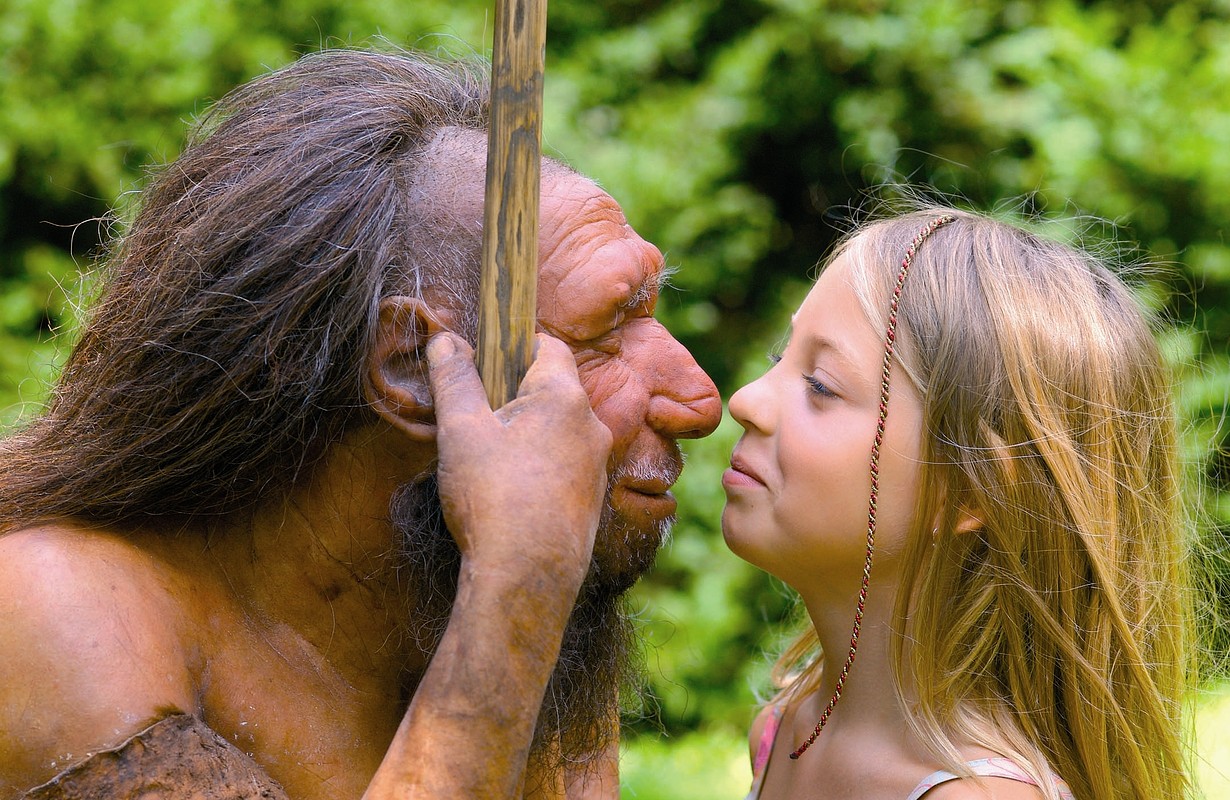Follow us on Google News (click on ☆)

The genomes of present-day humans still carry the signature of interbreeding with Neanderthals, influencing our health in various ways. Nevertheless, the Y chromosome, specific to males, is completely devoid of Neanderthal DNA. Several hypotheses exist to explain this phenomenon.
Experts suggest that this absence could be due to chance or genetic incompatibility between male Neanderthals and female Homo sapiens. In 2016, a study revealed the Y chromosome of a 49,000-year-old male Neanderthal. However, no portion of this chromosome's DNA has been found in modern human samples.
One explanation could be genetic drift, where Neanderthal DNA was simply lost over time. Neanderthal DNA is rare in present-day humans, so it is possible it was eliminated by this process. Another hypothesis suggests that the Neanderthal Y chromosome was incompatible with modern human DNA, leading to immune issues or miscarriages in women carrying male fetuses with this chromosome.
This hypothesis is based on the idea that Neanderthal Y chromosome genes interfered with the human immune system, causing rejections. Moreover, an old theory called "Haldane's rule" proposes that infertility between genetically different populations primarily affects the sex with two distinct sex chromosomes, in this case, males.
In evolutionary history, the Neanderthal Y chromosome could not compete with that of modern humans. Neanderthals had a much smaller population, which favors the accumulation of harmful mutations. The "healthier" modern human DNA would therefore have been favored by natural selection.
Unfortunately, without more genomic data from Neanderthals, these hypotheses remain difficult to confirm.